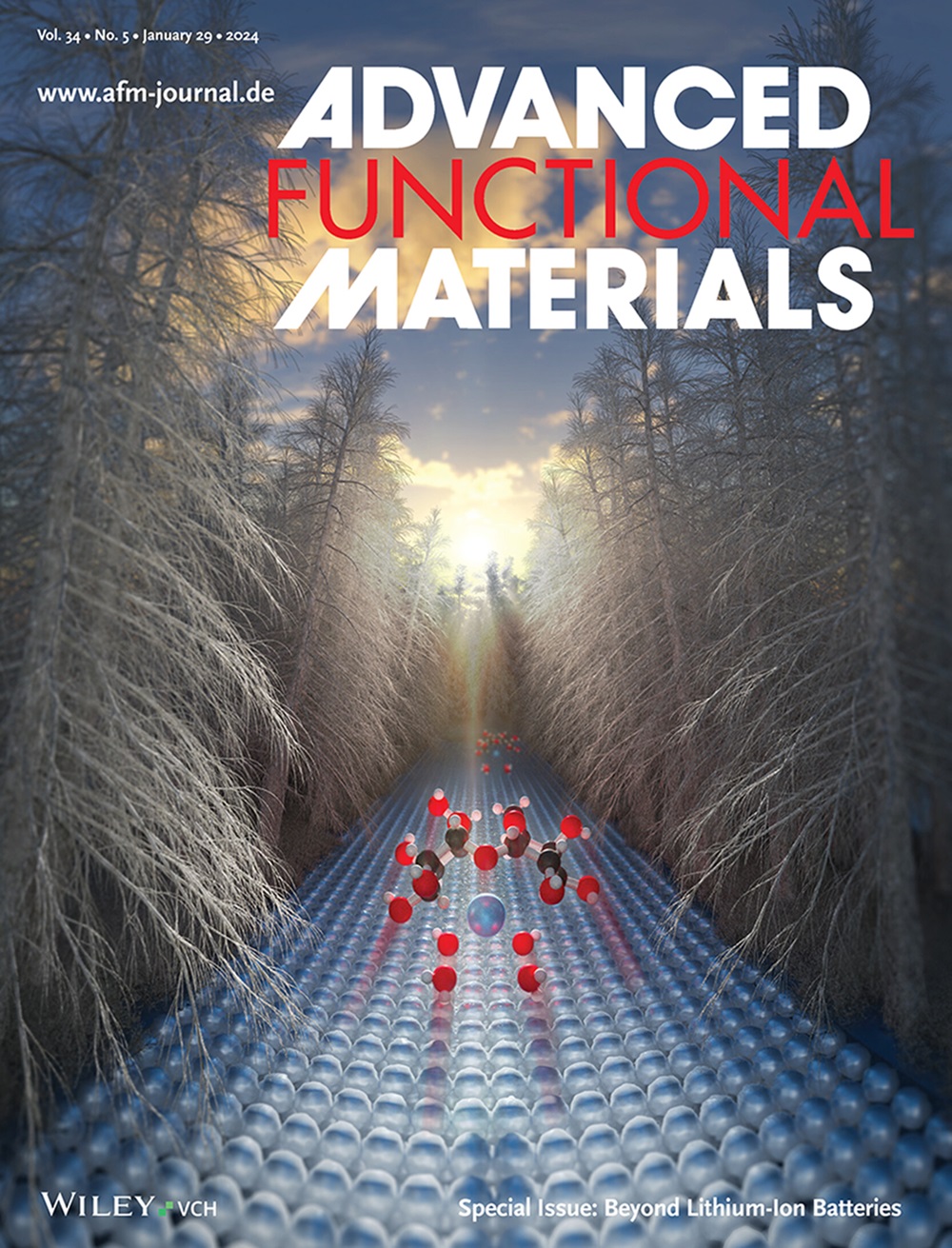DNA Programed Controllable Photodynamic Therapy with Positive‐Feedback Effect
IF 19
1区 材料科学
Q1 CHEMISTRY, MULTIDISCIPLINARY
引用次数: 0
Abstract
Photodynamic therapy is gaining attention for its low invasiveness, minimal side effects, and potential to reduce resistance. However, the “always‐on” nature of photosensitizers can cause phototoxicity to normal tissues, requiring patients to avoid sunlight for long periods. While some methods can control PDT activation in tumors, they may reduce its effectiveness due to incomplete activation. In this study, a stimulus‐responsive nanoparticle is designed using Zr porphyrin carboxylate metal‐organic framework PCN‐224 and a DNA lock modified with Quencher and Apurinic/apyrimidinic sites (PCN‐QADNA). PDT is activated by Apurinic/apyrimidinic endonuclease 1, an endonuclease overexpressed in cancer cells, and further enhanced by positive feedback effect of cellular homeostasis regulation. PCN‐QADNA shows improved biocompatibility, enhanced cellular uptake, and a 93.5% tumor inhibition rate in tumor‐bearing mice after intravenous injection and light exposure, with no significant skin damage. This system enables controllable PDT with positive feedback, selectively targeting cancer cells and minimizing side effects. This study provides a promising approach for cancer therapy by improving targeting and treatment efficacy.具有正反馈效应的DNA程序化可控光动力疗法
光动力疗法因其侵入性低、副作用小和减少耐药性的潜力而受到关注。然而,光敏剂的“常亮”特性会对正常组织造成光毒性,需要患者长时间避免阳光照射。虽然一些方法可以控制肿瘤中的PDT激活,但由于激活不完全,可能会降低其有效性。在这项研究中,利用Zr卟啉羧酸盐金属有机骨架PCN‐224和淬灭剂和Apurinic/ ap嘧啶位点修饰的DNA锁(PCN‐QADNA)设计了一种刺激响应纳米颗粒。PDT由Apurinic/ apy嘧啶内切酶1激活,这是一种在癌细胞中过表达的内切酶,并通过细胞稳态调节的正反馈效应进一步增强。经静脉注射和光照后,PCN‐QADNA在荷瘤小鼠中显示出更好的生物相容性,增强的细胞摄取和93.5%的肿瘤抑制率,没有明显的皮肤损伤。该系统实现了具有正反馈的可控PDT,选择性地靶向癌细胞并将副作用降至最低。该研究通过提高靶向性和治疗效果,为癌症治疗提供了一条有希望的途径。
本文章由计算机程序翻译,如有差异,请以英文原文为准。
求助全文
约1分钟内获得全文
求助全文
来源期刊

Advanced Functional Materials
工程技术-材料科学:综合
CiteScore
29.50
自引率
4.20%
发文量
2086
审稿时长
2.1 months
期刊介绍:
Firmly established as a top-tier materials science journal, Advanced Functional Materials reports breakthrough research in all aspects of materials science, including nanotechnology, chemistry, physics, and biology every week.
Advanced Functional Materials is known for its rapid and fair peer review, quality content, and high impact, making it the first choice of the international materials science community.
 求助内容:
求助内容: 应助结果提醒方式:
应助结果提醒方式:


